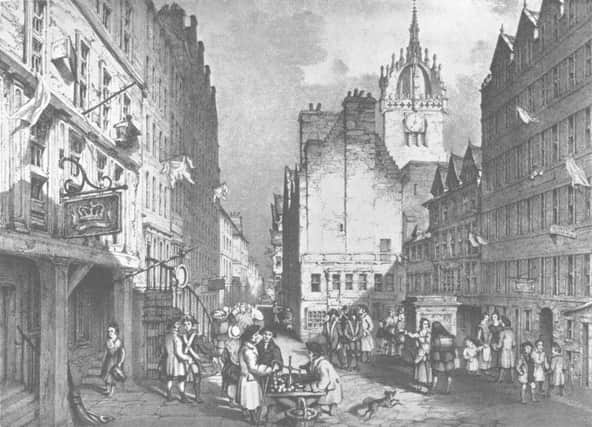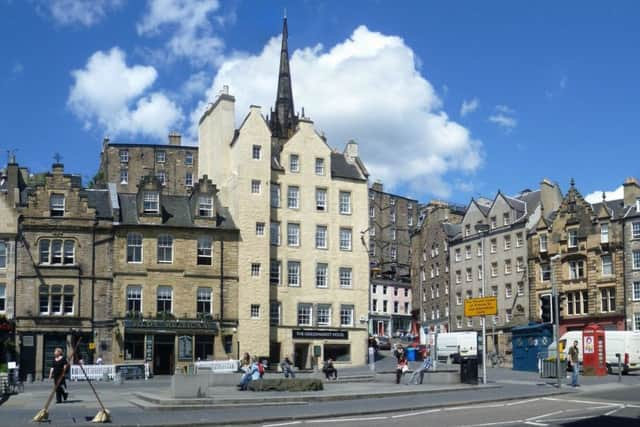Half-hangit Maggie: The Scots woman who survived hanging


There are many variations on the story, but they all share the same basic details.
Maggie, separated from her husband, needed to find employment to survive, and moved to the Borders.
Advertisement
Hide AdAdvertisement
Hide AdTaking up work in a local inn, Maggie worked as a domestic. The inn keeper’s son took an interest in Maggie, and soon she was pregnant.


Not wanting to jeopardise her position at work, she concealed the pregnancy from everyone.
The child was weak and unhealthy and died a few days after birth. Maggie, not wanting to be caught nor able to give her child a proper burial, decided to place the body of the baby in the nearby river Tweed.
The small body was discovered later that day, having washed up further down the river.


All suspicion pointed to Maggie and she was taken back to Edinburgh to be tried for the crime of concealing a pregnancy.
After her hanging, on September 2, 1721, Maggie was pronounced dead at the gallows and her body transferred to a wooden coffin. Her family wished her to be buried in her parish churchyard at Musselburgh, six miles away.
The cheap wooden pauper’s coffin she was to be buried in let in air, and combined with the jostling cart along the cobbled streets, woke Maggie, much to the horror of her family.
Advertisement
Hide AdAdvertisement
Hide AdThe Law deemed this an act of God, bringing Maggie back from the dead, and pardoned her crimes.
Though weak and barely conscious, Maggie pulled through.
Her husband renewed his affection for her and took her back home.
Maggie went on to live a further 40 years, having several more legitimate children.
The people of Edinburgh viewed her in awe and used to call out to her as “half hangit Maggie” when she walked past them in the street.
Her name lives on in Maggie Dickson’s Pub in the Old Town.
